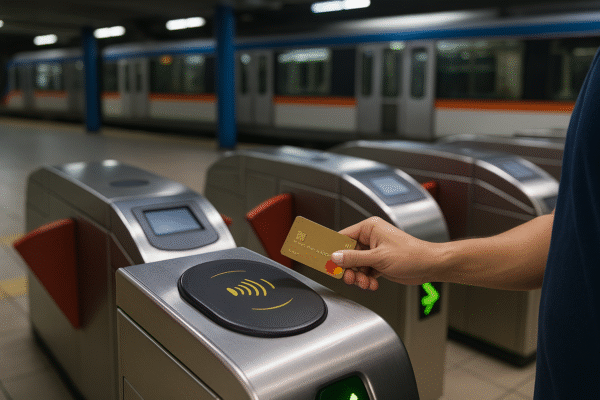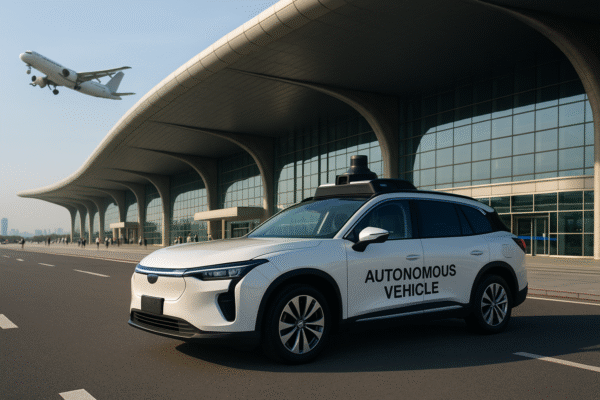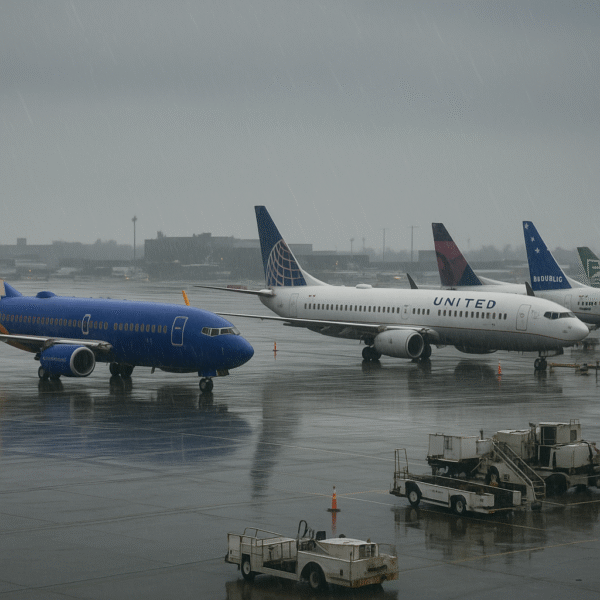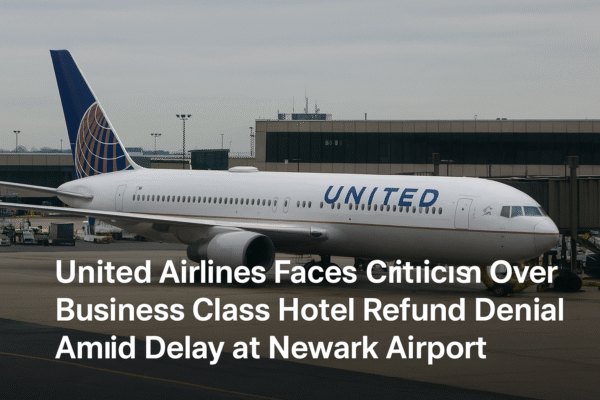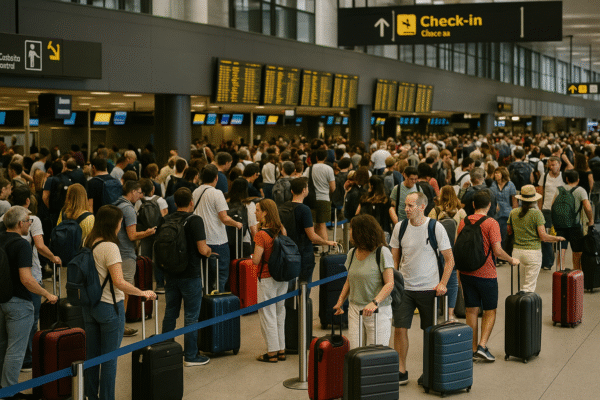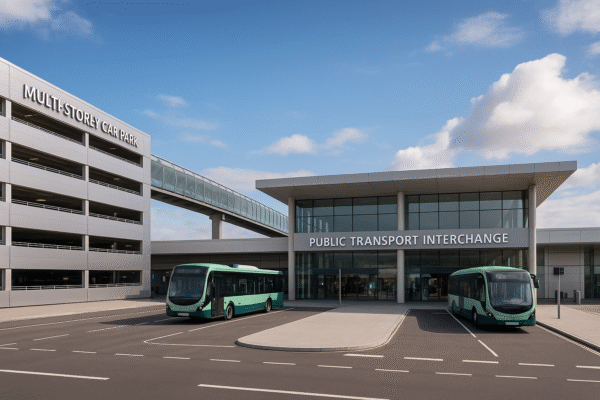Bristol Airport Unveils €60M Transport Hub Amid Praise and Backlash Over Sustainability and Connectivity
A new era of passenger mobility has officially begun at Bristol Airport, as the long-anticipated €60 million Public Transport Interchange opened on July 22, 2025. The high-tech transport hub is a key component of the airport’s wider €400 million development plan aimed at enhancing capacity, improving passenger experience, and supporting environmental targets.
But despite a ribbon-cutting ceremony celebrating innovation, the response from passengers and locals has been far from unanimous.
A Landmark Development for Bristol Airport
According to the official Bristol Airport website, the new interchange is the most significant infrastructural upgrade in over a decade. Key features include:
- A multi-storey car park with over 2,000 spaces
- 16 bus and coach bays, tripling the previous capacity
- A covered pedestrian bridge linking the terminal with the hub
- Modern waiting lounges, real-time travel information, and expanded retail and dining offerings
The facility was designed with sustainability and scalability in mind, aligning with the airport’s broader objective of accommodating up to 15 million passengers annually by the late 2030s—a significant rise from the current 12 million.
Sustainable Transport Goals: Promise or Greenwashing?
Central to the project is its environmental angle. The airport has committed to deploying a fleet of fully electric buses by 2026, reducing dependence on personal vehicles and lowering emissions. Electric vehicle charging infrastructure and improved cycle access are also part of the airport’s sustainability roadmap.
This aligns with North Somerset Council’s Climate Emergency declaration and the UK Department for Transport’s Jet Zero Strategy, which promotes greener aviation and airport operations across the UK.
However, sustainability advocates argue the overall environmental impact of increasing air traffic could offset the carbon savings from greener ground transport. “It’s a step in the right direction,” said one frequent traveller, “but let’s not ignore the elephant in the room—airplanes.”
Passengers Praise the New Amenities
A segment of the travelling public has lauded the upgrade:
- Weatherproof access to the terminal has reduced stress for passengers during inclement weather.
- Real-time transit updates and digital screens have helped improve punctuality and coordination.
- The modern seating areas and expanded food outlets offer greater comfort and convenience.
- Families and elderly travellers, in particular, have found the clear signage and accessibility enhancements beneficial.
These upgrades have been met with applause by Visit West, the official destination marketing organisation for the region, which believes better infrastructure will support tourism growth in Bristol and Bath.
Public Criticism: Cost, Priorities, and Local Connectivity
Yet not all feedback has been positive.
Critics argue that €60 million was a disproportionate investment for an interchange, especially given persistent issues like terminal overcrowding, slow check-in processes, and flight delays.
Others claim the airport has prioritized visual upgrades over functionality. “It looks good, but we still wait an hour at security during peak times,” said one disgruntled traveller.
One of the most common criticisms is poor regional connectivity. Despite the new interchange, local rail and bus services connecting Bristol city centre to the airport remain limited, with no direct rail link available. Calls for a dedicated Bristol Airport rail station have intensified in recent months.
A Glimpse into Bristol Airport’s 2040 Master Plan
This transport hub forms just the beginning of a larger vision. Bristol Airport’s Master Plan, published in stages since 2018 and supported by North Somerset Council, includes:
- Expansion of terminal facilities
- Runway optimization within existing airport boundaries
- Introduction of long-haul routes to North America and the Middle East
- Creation of 1,000 new jobs and €3 billion in regional Gross Value Added (GVA)
Planning applications for additional expansion will be submitted later this year, building on permissions already granted in 2022 for increased annual passenger throughput.
Traveller Sentiment: Divided Yet Hopeful
Many leisure travellers and business passengers say the transport hub marks a much-needed improvement in comfort and efficiency. Families arriving on long-haul journeys particularly appreciate the new rest areas and simplified bus and coach access.
Still, frustrations linger. Queues during summer holiday peaks remain long, and critics argue that a sleek transport hub doesn’t address capacity strain within the terminal itself.
Looking Ahead: Innovation Meets Expectation
For now, the Bristol Airport interchange stands as a symbol of evolving travel priorities—where green innovation, accessibility, and visual design meet the complex reality of operational constraints and passenger expectations.
Whether this project proves to be a visionary benchmark for UK airports or an expensive detour will depend on how the airport addresses ongoing connectivity issues and whether future investments go beyond aesthetics and address core travel functions.
Final Takeaway
The Bristol Airport Transport Interchange is more than just a structural upgrade—it’s a statement about the future of UK regional aviation. While it brings noticeable improvements and sustainability ambitions to the fore, only time will tell if it delivers on its promise to revolutionize the passenger journey in meaningful ways.
For more travel news like this, keep reading Global Travel Wire

